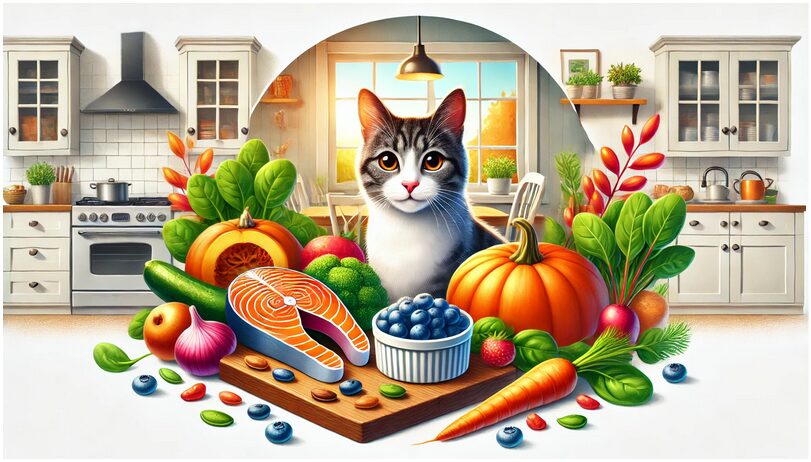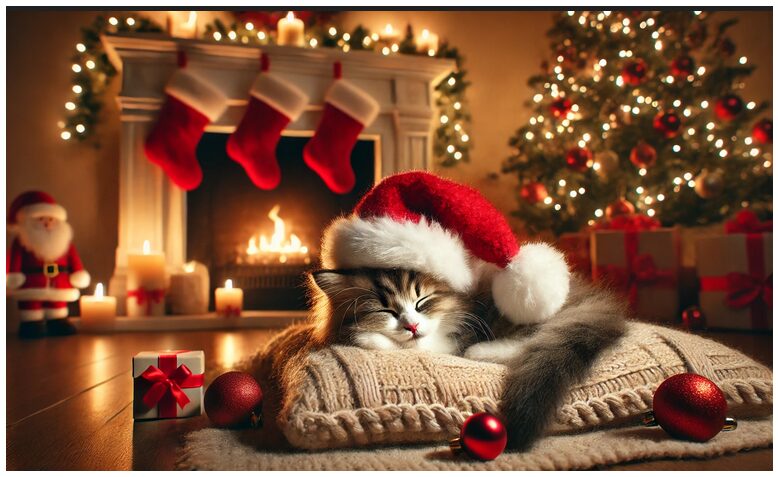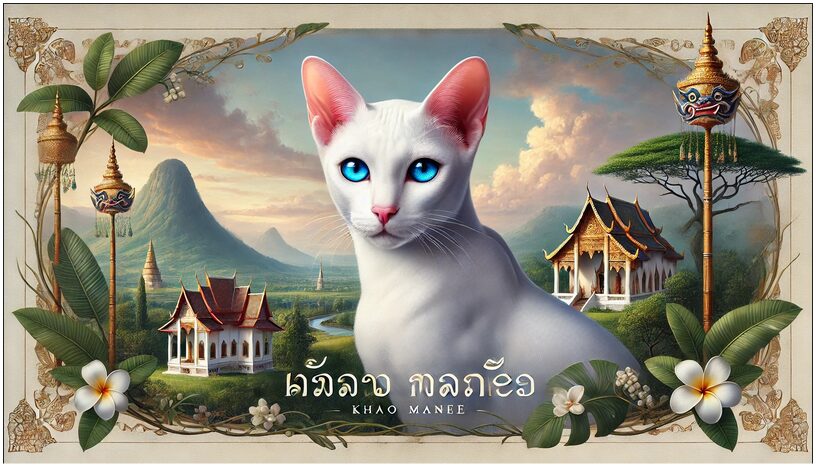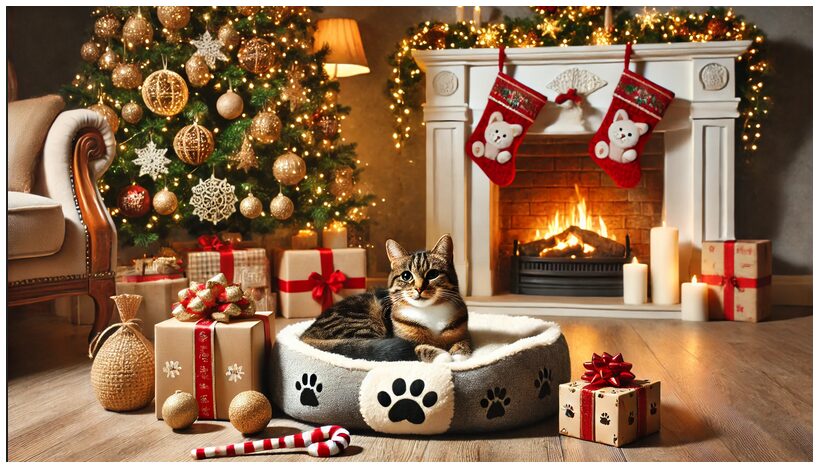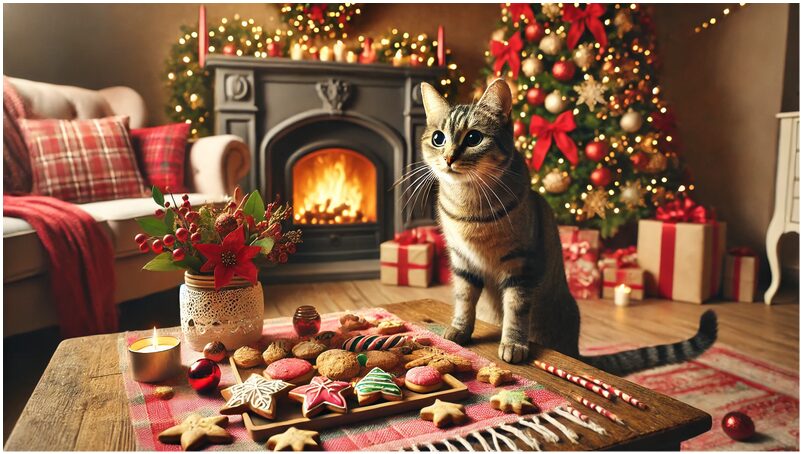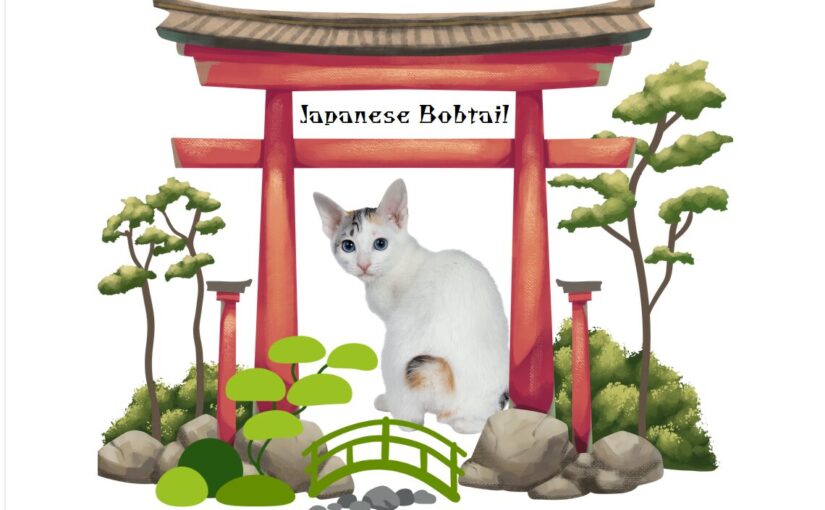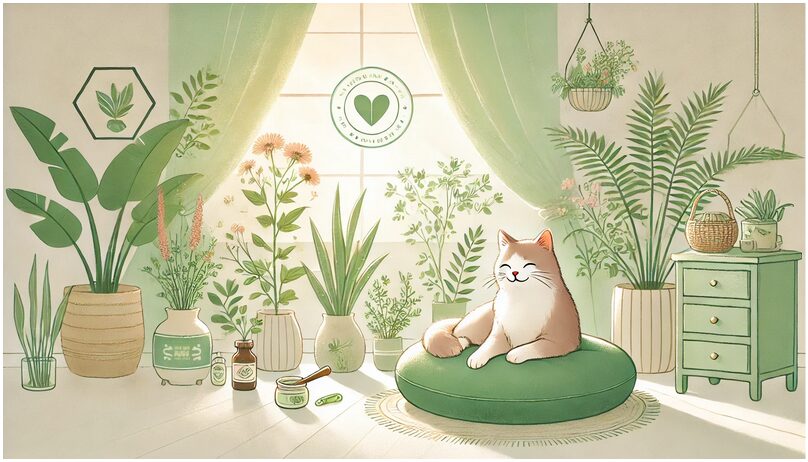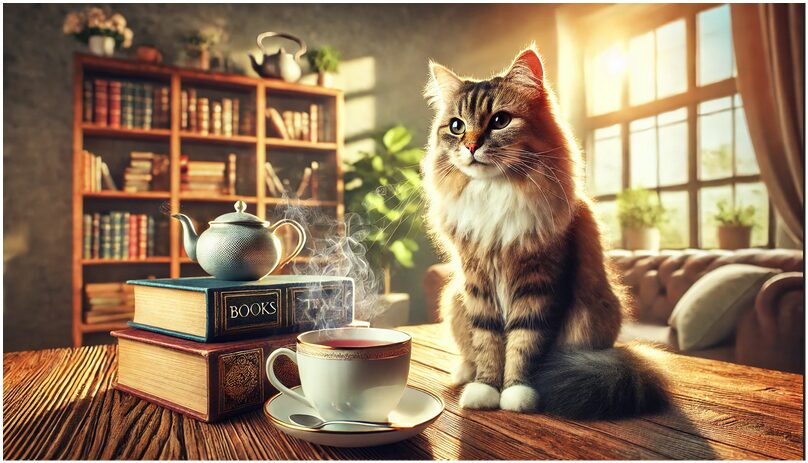Picture this: a cozy Christmas morning, the scent of pine and cinnamon wafting through the air, and under the twinkling tree, a box with a tiny, mewing bundle of fur inside. It’s a Hallmark-worthy moment. But before you decide to gift someone a kitten this holiday season, let’s paws (pun intended!) to consider whether kittens make good Christmas presents.
The Allure of a Christmas Kitten
Kittens are undeniably adorable. Their tiny paws, playful antics, and soft purrs can melt even the Grinch’s heart. Gifting a kitten could create a magical moment, especially for kids or animal lovers who’ve been dreaming of a furry friend. Plus, bringing a kitten into your home can symbolize love, joy, and new beginnings—all perfect sentiments for the holiday season.
But there’s more to kitten ownership than Instagram-worthy moments. Let’s dive into some important factors to consider.
Why a Kitten Might Be a Purr-fect Gift
- Building Bonds: Welcoming a kitten into your home during the holidays can create lasting memories. It’s a chance for everyone to bond with the new family member during a time when people are typically home and relaxed.
- Teaching Responsibility: For families with kids, a kitten can be an opportunity to teach responsibility. Feeding, grooming, and cleaning up after a kitten are manageable tasks that can instill a sense of care and accountability.
- A Lifetime of Love: A kitten isn’t just a gift; it’s a commitment. For the right person or family, this can be the start of a beautiful relationship filled with love, companionship, and endless cute moments.
The Flip Side: Why Kittens Might Be Better Left Off the Wishlist
- Impulse Decisions: While the idea of a Christmas kitten is enchanting, pets should never be an impulsive purchase. A kitten is a 10-20 year commitment, requiring time, money, and energy.
- Holiday Chaos: The holidays can be overwhelming for everyone, including a new pet. Loud parties, curious kids, and decorations (hello, tinsel and ornaments!) can stress out a kitten and lead to accidents.
- Preparedness Matters: Is the recipient ready for a kitten? Do they have the supplies, knowledge, and willingness to adapt their lifestyle for a new pet? If the answer isn’t a resounding “yes,” a kitten might not be the best gift.
Alternatives to Gifting a Kitten
If you’ve got your heart set on giving the gift of feline companionship, consider these alternatives:
- A “Kitten IOU”: Wrap up a cute kitten-themed card or a book about cat care, along with a promise to visit a shelter together after the holidays. This gives the recipient time to prepare and choose their new furry friend.
- Donate to a Cat Charity: Instead of gifting a kitten, consider making a donation to a local animal shelter in the recipient’s name. It’s a meaningful gesture that helps real-life kittens in need.
- Kitten-Themed Gifts: From stuffed animals to kitten calendars and cozy cat socks, there are plenty of ways to capture the kitten vibe without the responsibility of a live animal.
Tips for Gifting a Kitten (If You’re Absolutely Sure)
If you’re 100% certain a kitten is the right gift, follow these tips:
- Involve the Recipient: Unless it’s for your immediate household, involve the recipient in the decision-making process. Let them choose the kitten that best suits their personality and lifestyle.
- Plan Ahead: Ensure you have all the necessary supplies—litter box, food, toys, and a safe space for the kitten to adjust to its new home.
- Adopt, Don’t Shop: Visit a shelter or rescue to find a kitten in need of a loving home. Many shelters even offer “Home for the Holidays” adoption specials.
- Avoid the Surprise: Instead of placing a kitten under the tree, consider giving the gift in a calm and quiet setting to reduce stress for the new pet.
The Bottom Line
While the idea of gifting a kitten for Christmas sounds delightful, it’s a decision that requires careful thought. Kittens aren’t just seasonal surprises; they’re lifelong companions who deserve love, care, and a stable environment. If you’re prepared and thoughtful, a kitten can indeed be the ultimate Christmas gift. But if there’s any doubt, it’s better to wait.
After all, the best gifts are the ones that keep on giving—and a happy, healthy kitten is a gift worth waiting for.
Have you ever received a kitten as a gift or given one to someone? Share your stories in the comments below!


